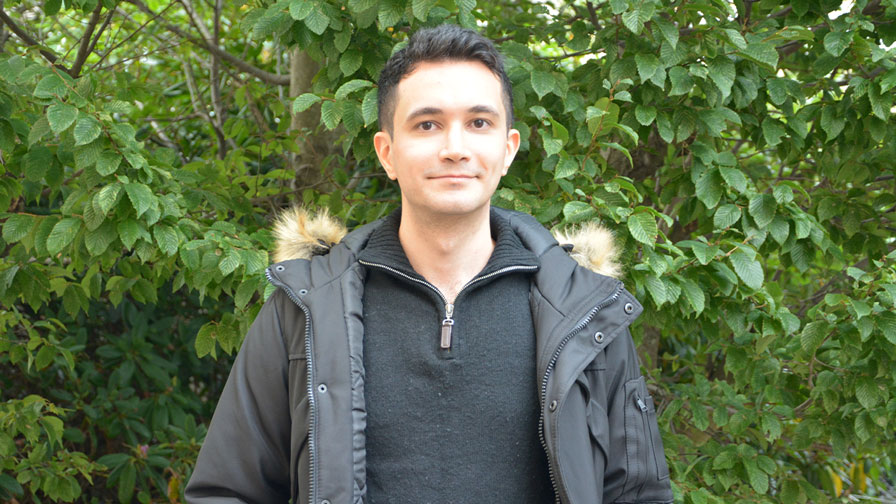Congratulations Hamed Taghavian!
On winning the Best student paper award

The Doctoral student Hamed Taghavian, won the Best student paper award at the European Control Conference (ECC21) for his work on the paper ”Preservation of external positivity in discretization of linear systems”.
Can you tell us a bit about the paper?
"In the real-world, time flows continuously. But a computer typically takes periodic samples of sensors and acts at distinct times. My research focuses on “positive systems”, systems whose physical quantities (such as pressures and densities) are guaranteed to be positive. Somewhat surprisingly, it was not known under what conditions positivity of a continuous signal is preserved when it is sampled by a computer. We clarified these conditions in our paper, and derived results that allow to bridge between continuous-time and discrete-time positive system analysis and control."
What do you think set your paper apart from the competition and made it the best paper?
"It addressed an open problem for an important class of systems. In addition, the main results are easy to understand, remember and apply. This can lead to a widespread use of our results. I believe that this may have set the paper apart."
What are you working on at the moment?
"I am continuing to work on improving the theoretical understanding of positive systems, and develop design techniques that guarantee that a technical system approaches its desired operating point in a monotonic fashion, without overshooting, undershooting or oscillating. The research blends engineering methodology and fundamental mathematical problems. For example, the Z-transform is a well-known tool in digital control and signal processing, which transforms a discrete signal in the time domain to a complex-valued function in the frequency domain. As it makes a one-to-one relation, the time-domain signal’s sign information should be completely encapsulated in the frequency-domain function obtained by Z-transform. However, despite the efforts made so far, the exact set of rational functions in the frequency domain which corresponds to positive signals in the time domain via the Z-transform is unknown. We are working to understand this problem."

